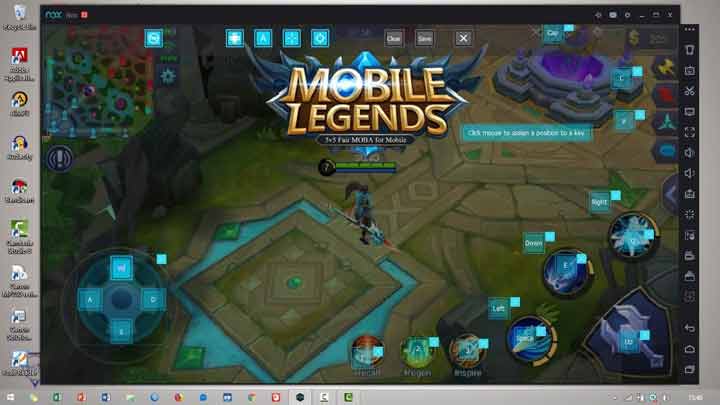
You can go with an existing framework if that’s most convenient for you, or you can start building from scratch, while taking code and math from the vast array of resources available on the Internet. With the wide availability of code snippets and open-source libraries, there’s no need to go either-or. If you’re targeting Android and the Android Market, it’s better to test on and develop for the phone rather than on the desktop - it’s better to do well on one platform than mediocre on a few. You’ll also have to live with the design decisions and implementation details of the various frameworks, as well as any rough edges. Rovio reportedly used forplay in the development of the WebGL version of Angry Birds.īy using a framework, you won’t learn about the finer details of OpenGL ES and other aspects of game development, and ultimately, you’ll want to learn and understand these finer details if you also want to understand the broader picture. You can focus on the implementation of your app or game and save development time by not having to reinvent the wheel and rewrite boiler-plate code being able to build for different platforms with only a few lines of code is a neat thing. Examples of forplay in action and more information can be seen at the Google IO 2011 session titled “ Kick-ass Game Programming with Google Web Toolkit“.

It seems to be geared toward making 2d platformers rather than more intensive 3D games. forplayįorplay is a cross-platform library for developing games to target to the desktop, HTML5, Android, and Flash. It also appears to have support for OpenGL 2 on the desktop, though using standard OpenGL 2 instead of OpenGL ES 2. Libgdx is an open-source framework which abstracts away the job of developing graphics for Android, and it also allows you to build for the desktop with only a few lines of code. Here are two of the more well-known open-source libraries that won’t cost you a dime to use: libgdx

You now have a choice: Do you go with a pre-packaged solution, flawed and rough around the edges though it may be, or do you decide to DIY ( Do It Yourself) which has the disadvantage of reinventing the wheel and spending more time writing boiler-plate code? You also need to decide if you are going to go with a commercial solution or with one of the open-source libraries available.

Let’s say you’ve decided to develop the next viral game for Android.


 0 kommentar(er)
0 kommentar(er)
